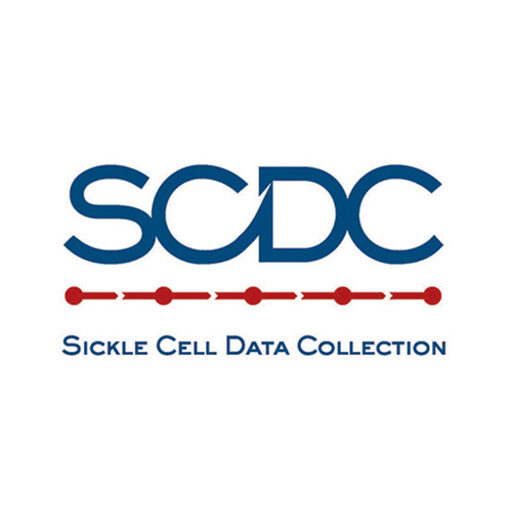Sickle Cell Disease
Causes, Symptoms, and Treatments
Sickle cell disease is a genetic disorder that affects millions of people worldwide. It is important to understand this condition to raise awareness and promote effective treatment strategies. The following is an overview of sickle cell disease, including its causes, symptoms, and available treatments.
What is Sickle Cell Disease?
Sickle cell disease is a hereditary blood disorder characterized by abnormal hemoglobin, the protein in red blood cells that carries oxygen throughout the body. In individuals with sickle cell disease, the hemoglobin molecules form stiff rods, causing red blood cells to become crescent-shaped, or “sickle”-shaped, instead of their usual flexible, round shape. These abnormal cells can get stuck in blood vessels, leading to various complications.
Causes of Sickle Cell Disease
Sickle cell disease is caused by a mutation in the gene that instructs the body to make hemoglobin. This mutation is passed down from parents to their children in an autosomal recessive pattern. This means that a person must inherit two abnormal genes (one from each parent) to develop sickle cell disease. If a person inherits only one abnormal gene, they will have the sickle cell trait but may not experience symptoms of the disease.
Symptoms of Sickle Cell Disease
The symptoms of sickle cell disease can vary in severity and may include:
- Pain Crises: Sudden and severe pain, known as a pain crisis, is one of the most common symptoms. This pain can occur in the bones, chest, abdomen, and joints and can last for hours to days. These crises are one of the hallmark features of sickle cell disease. They occur when sickle-shaped red blood cells block small blood vessels, leading to tissue damage, inflammation, and severe pain. These crises can occur suddenly and unpredictably, and their severity can vary from mild discomfort to excruciating pain requiring hospitalization.
- Fatigue: Anemia, a condition in which the body lacks enough healthy red blood cells to carry adequate oxygen to the body’s tissues, can cause fatigue and weakness. Sickle cell disease often leads to chronic anemia, where the body doesn’t have enough healthy red blood cells to carry adequate oxygen to tissues and organs. This can result in fatigue, weakness, and decreased energy levels, as the body’s cells and tissues may not receive enough oxygen to function optimally.
- Problems With the Spleen: Sickled cells can block blood flow to the spleen, leading to swelling and an increased risk of infection. Sickle cell disease is characterized by episodes of vaso-occlusive crises, where sickle-shaped red blood cells block blood flow in small blood vessels. This problem can occur anywhere in the body and can lead to swelling, pain, and inflammation in the affected areas. These crises are often triggered by factors such as dehydration, infection, stress, or exposure to cold temperatures.
- Delayed Growth: In children, sickle cell can delay growth and puberty. Some children may need to avoid certain foods or have dietary restrictions, such as a need for increased fluid intake or avoidance of foods that can trigger sickle cell crises. Poor nutritional intake can contribute to delayed growth and development.
5. Frequent Infections: Sickled cells can weaken the immune system, making individuals more susceptible to infections. The altered shape of sickled cells can cause blockages in small blood vessels, reducing blood flow to various organs, including the spleen. Decreased blood flow can lead to tissue damage and impaired immune responses in affected organs, making patients more susceptible to infections.
Diagnosis and Treatment
Sickle cell disease is usually diagnosed through blood tests, including hemoglobin electrophoresis, which identifies the type of hemoglobin present in the blood. Prenatal testing can also detect the presence of the sickle cell gene in unborn babies.
Currently, there are a few types of curative treatment, but they are expensive and hard to access. More usual, treatment aims to manage symptoms and prevent complications. This may include:
– Pain Management: Pain crises are often treated with pain relievers, hydration, and rest.
– Hydroxyurea: This medication can reduce the frequency of pain crises and acute chest syndrome.
– Blood Transfusions: In severe cases, regular blood transfusions may be necessary to increase the number of healthy red blood cells.
Curative treatments include:
– Bone Marrow Transplant: BMT is a high-risk/high-reward treatment, and only select patients are able to receive it. Results vary, but patients have been cured and have gone on to lead normal lives.
– Gene Therapy: Several approaches have been approved by the FDA and are on the market. Issues of access and insurance coverage are still to be worked out.
In Conclusion
Sickle cell is a complex genetic disorder that requires ongoing management and support. While there is no universal cure, advances in medical treatment and research offer hope for improved outcomes and quality of life for individuals living with this condition. Increased awareness, early diagnosis, and access to comprehensive care are essential for effectively managing sickle cell disease and reducing its impact on individuals and families affected by the disease.
Learn More About Sickle Cell Disease
Types of Sickle Cell Disease
Complications with Sickle Cell
What is the Sickle Cell Trait?
Articles about Sickle Cell Disease
Healthy Living with Sickle Cell Disease
Living Well with Sickle Cell
Complications of Sickle Cell
Communication Resources
Steps to Better Health Toolkit
